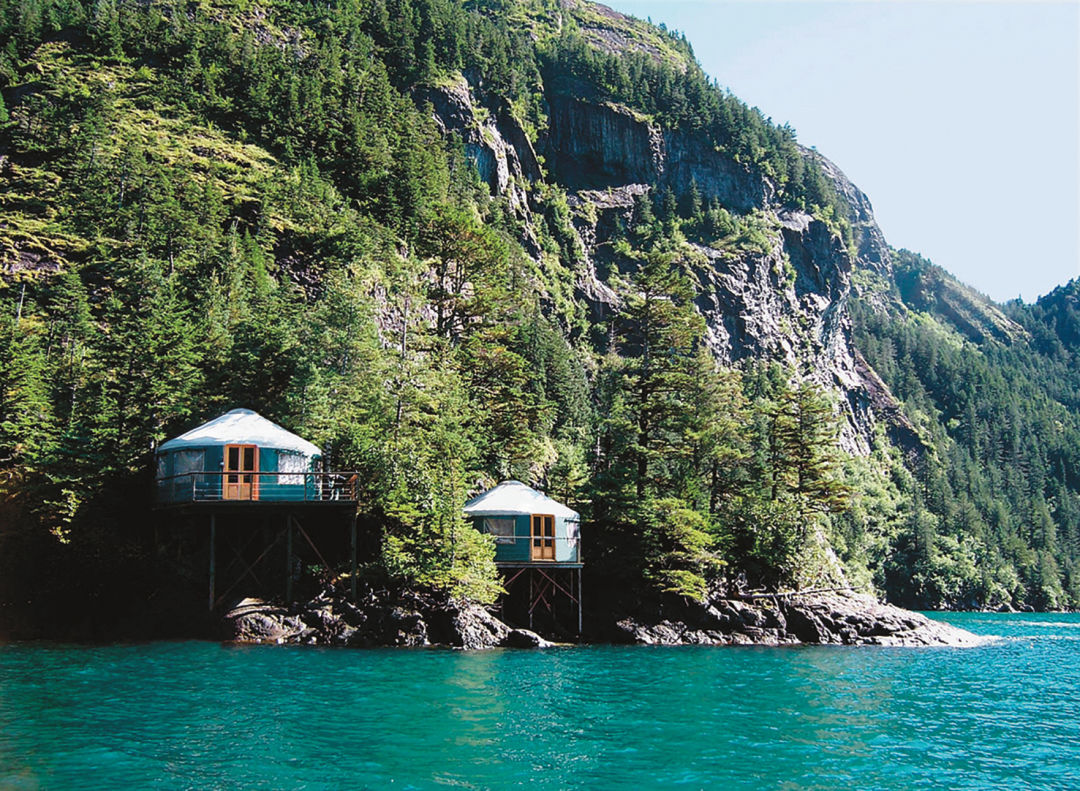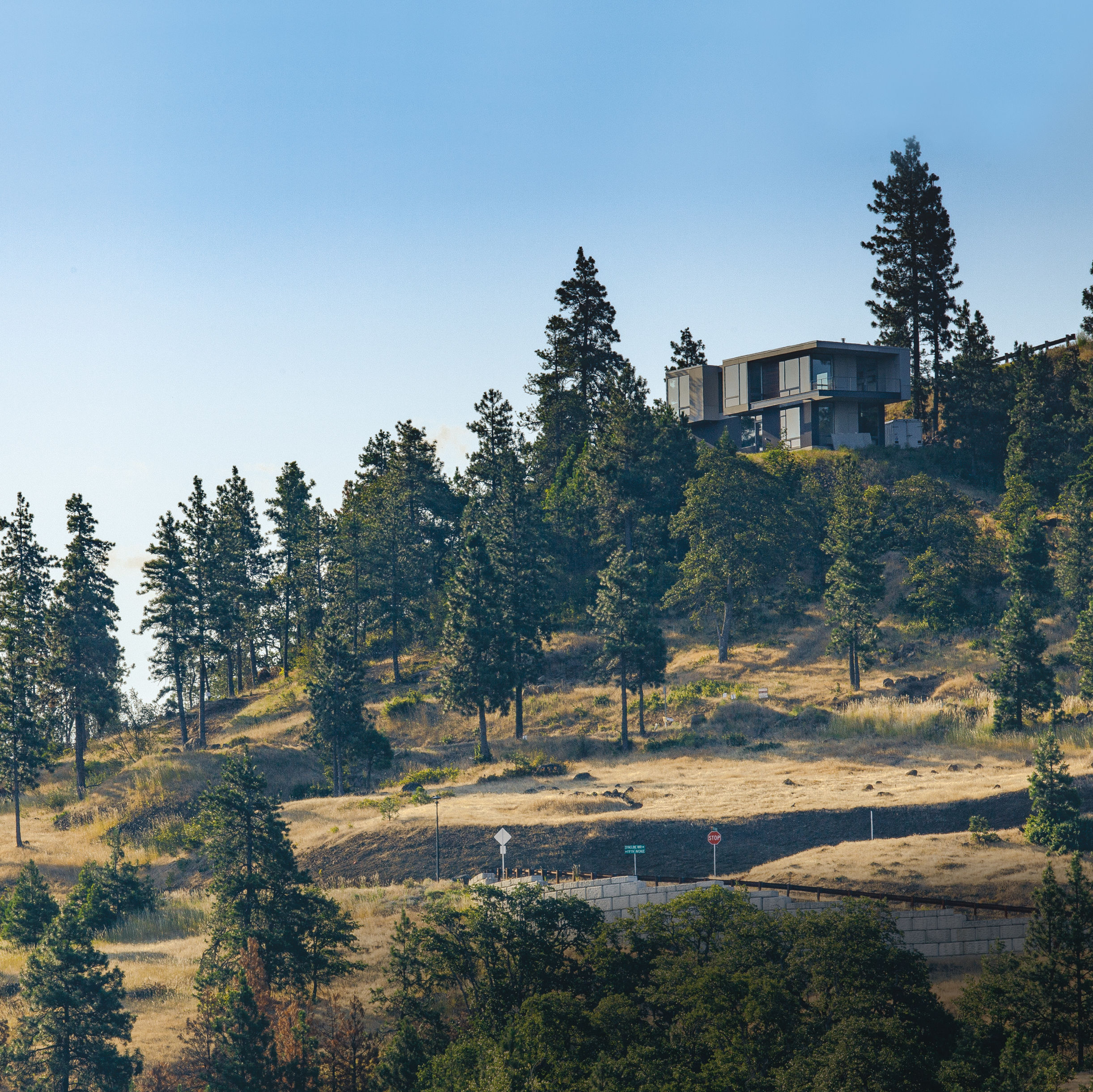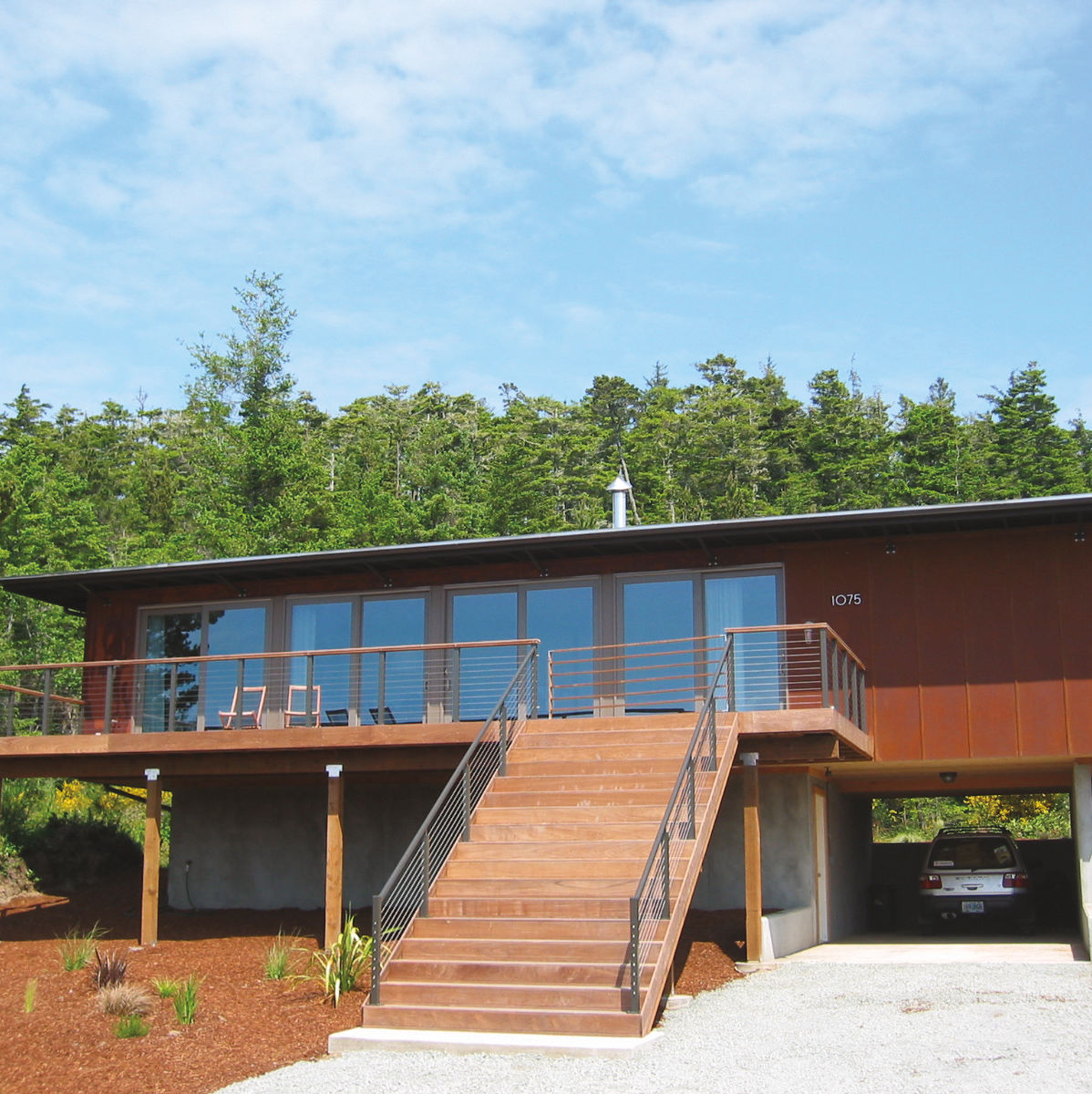How a Humble Oregon Woodsman Conquered the Yurt Market

Image: Courtesy Pacific Yurts
Perhaps you cherish the old land-and-freedom vision of getting out into the open air, but want style and comfort. Maybe your vision has a yurt in it. This would not be surprising. The ancient steppe nomad’s dwelling has become a staple of Northwest woodsy escape: about 200 yurts dot state parks in Oregon and tantalize camping planners; resorts across the West have pimped the round, canvas-walled structures into glamping trophies. “Yurting” is now a verb.
This was not the story in 1978. Alan Bair was a budget-living English major planting trees around Eugene. He and his wife had some land but couldn’t afford to build a house. His solution—a yurt, a sturdy concept from Mongolia that proved well suited to the Northwest woods—seeded an unforeseen career. “I did not ever expect to be a business guy,” says the founder and president of Pacific Yurts, a Cottage Grove company that bills itself as the world’s leading yurt manufacturer.
Bair and his employees—currently, about 25—now manufacture hundreds per year, in a range of sizes (from 12 feet to 30 feet in diameter) and price points ($5,475 to almost $11,000). Pacific built those yurts for the state campgrounds, serves many of those glamping resorts, and has also aided the latter-day-homesteader schemes of many private landowners.
“We’ve helped people do things they otherwise couldn’t afford,” Bair says.
Yurts evoke a indefinite, yet alluring, past. (Meanwhile, Pacific has invested heavily in innovation, from electronic welding techniques to NASA-developed insulation material.) Their mobile character allows for improvisation. “You can use a yurt to get to know your land,” Bair says. “Then you can make wiser choices about what and where to build something else.”
Some yurters, however, will never need anything bigger or brawnier. “They can be rustic or luxurious, depending on how you outfit them,” Bair says. Either way, the elemental appeal remains. “We live in a rectilinear world,” the yurtmaster reflects. “We can see it on the faces of people when they walk into a yurt for the first time. There’s just something different about a circular structure—it feels good.”










